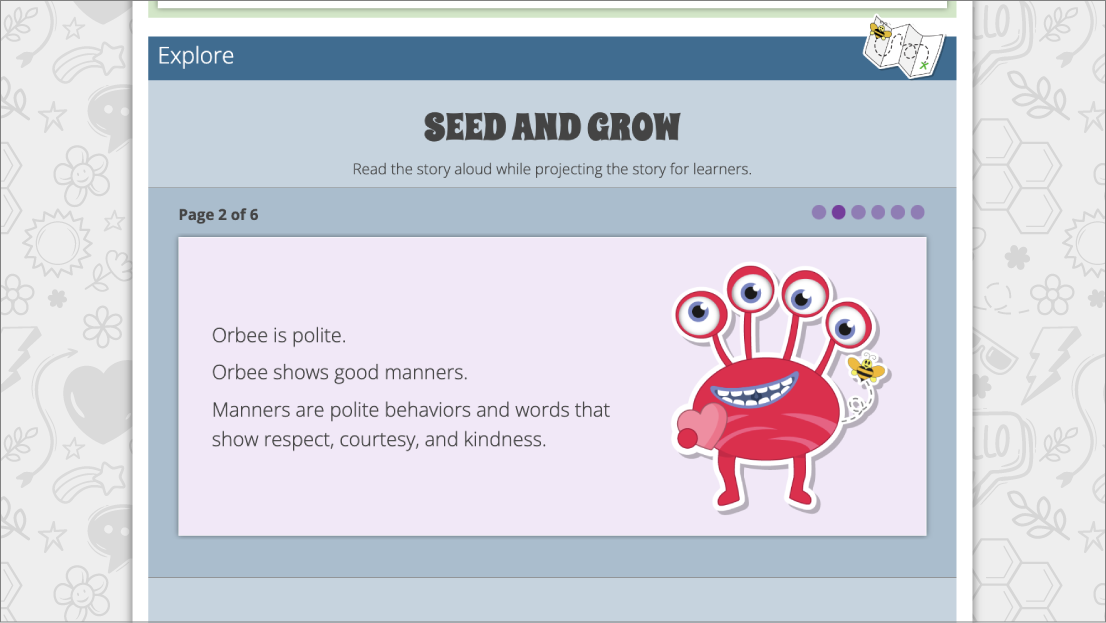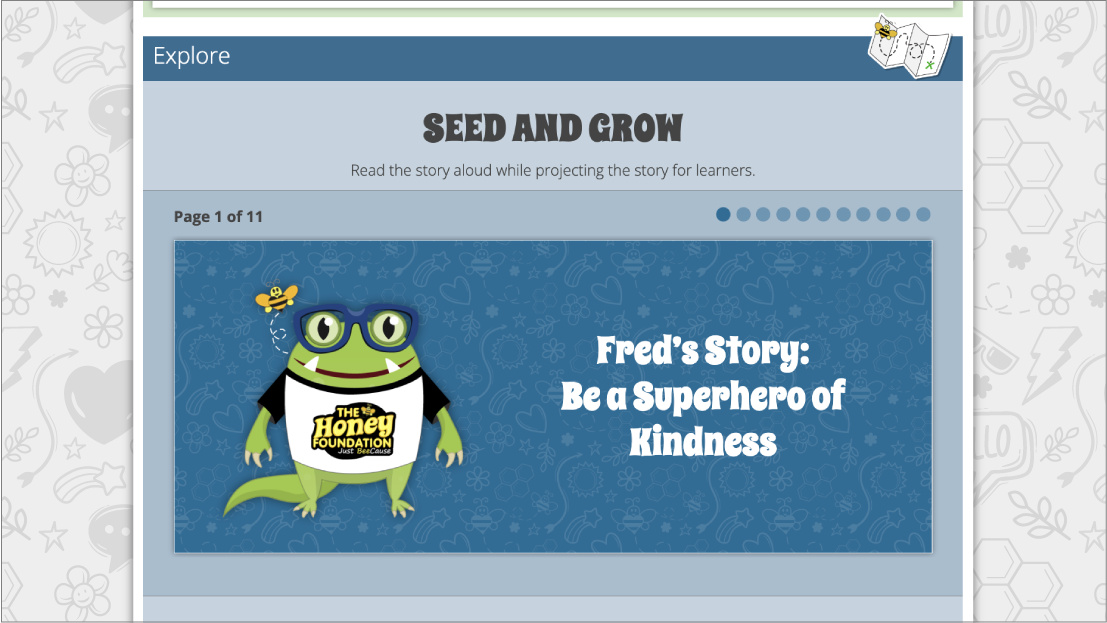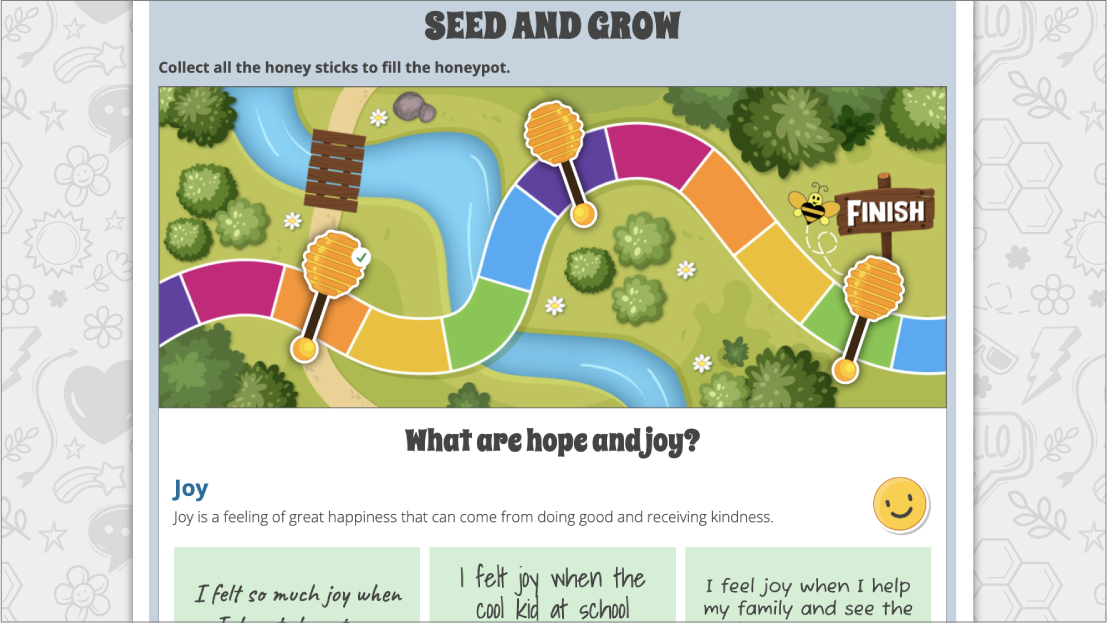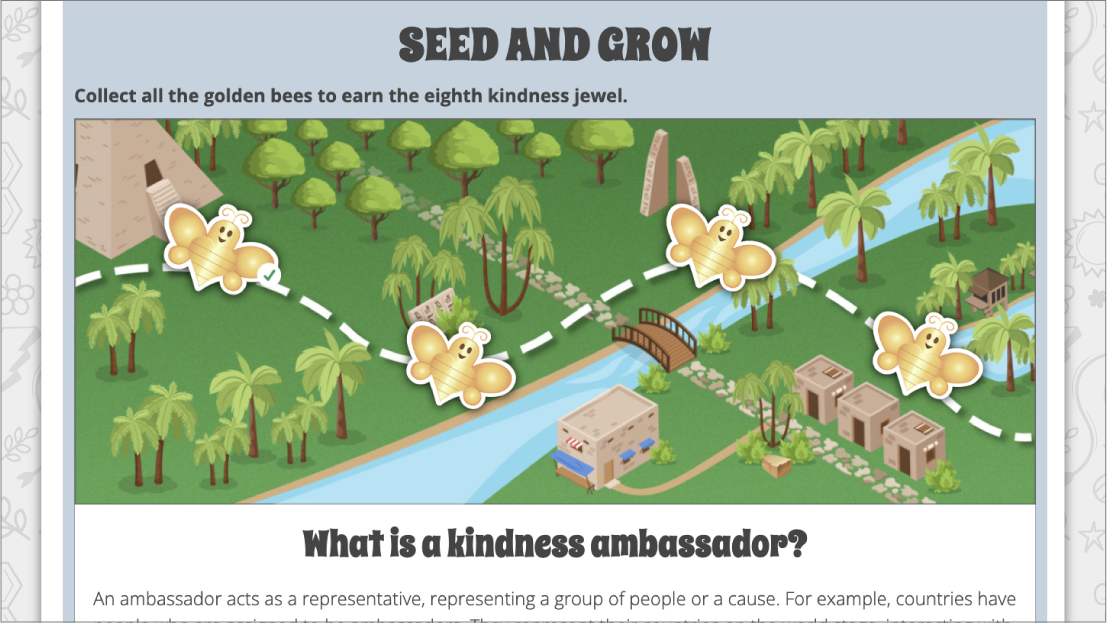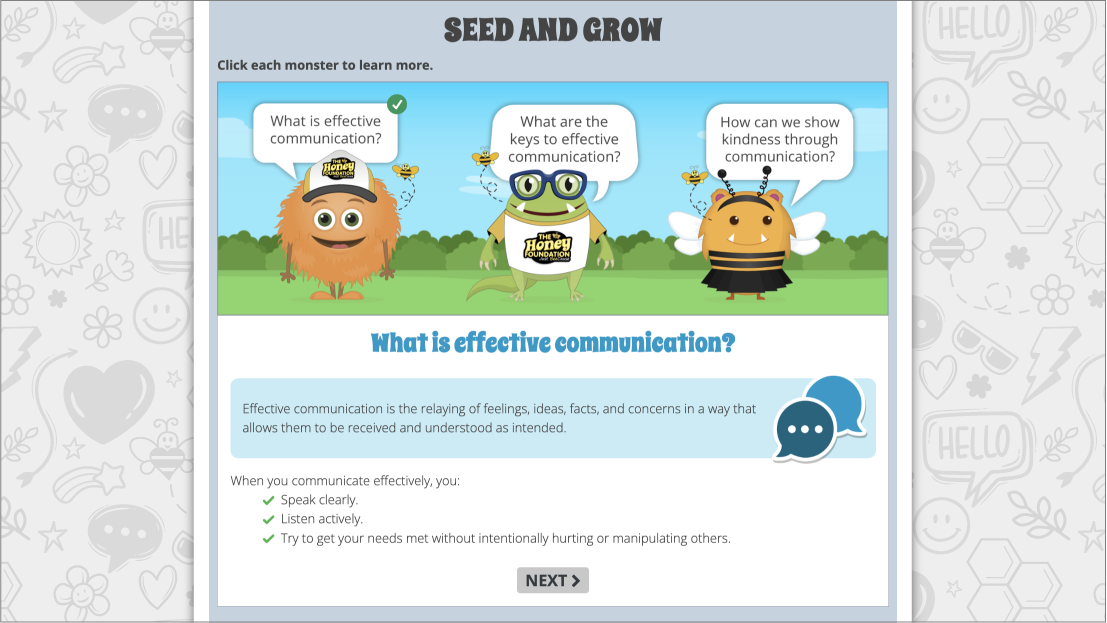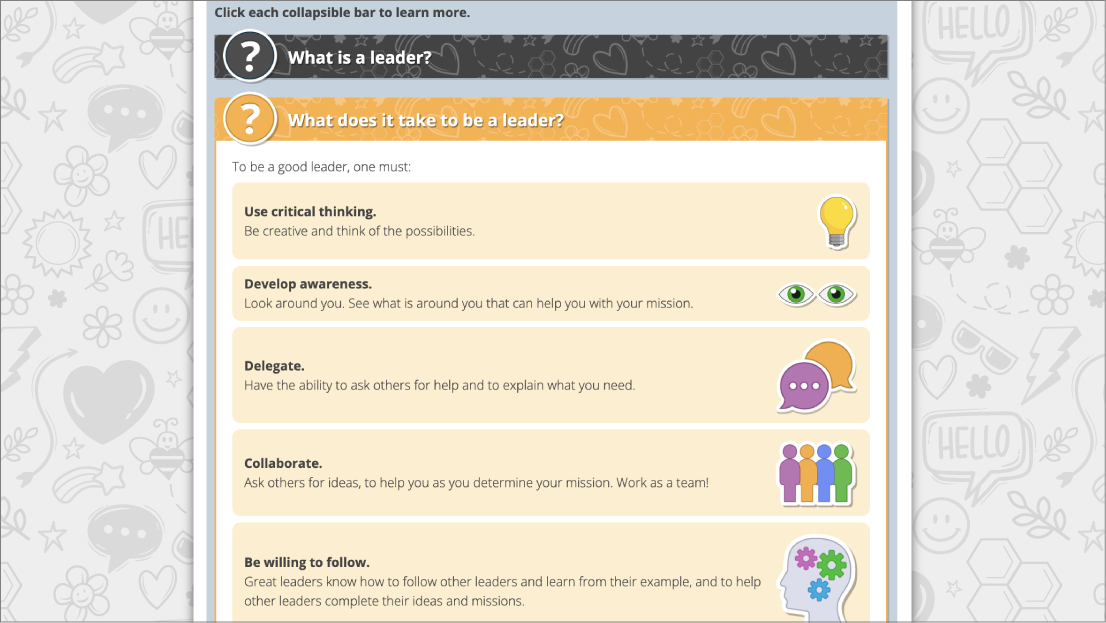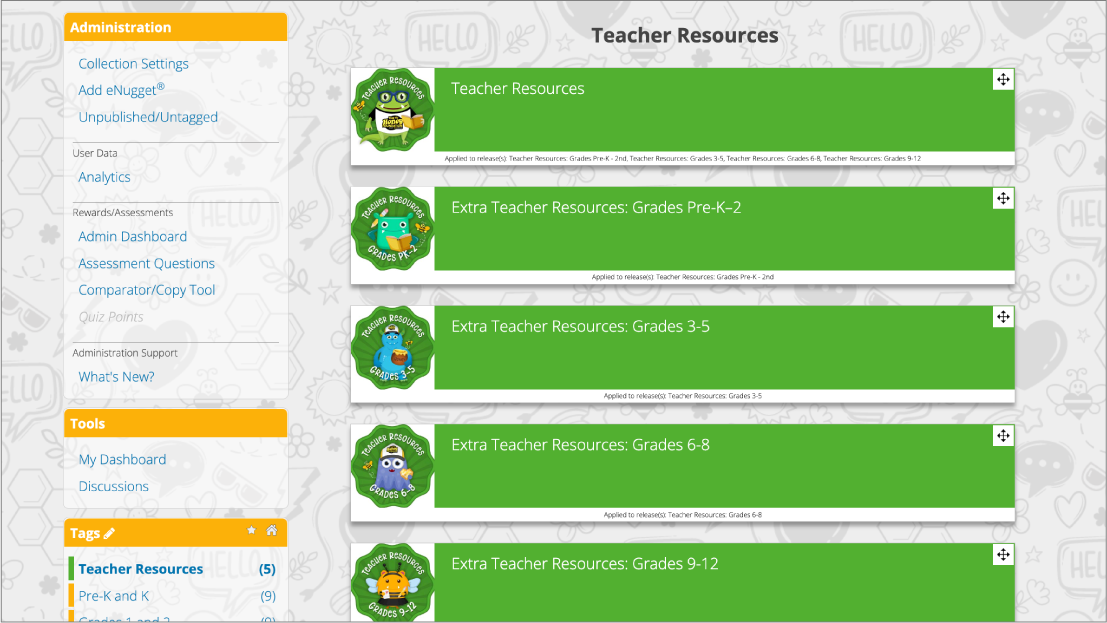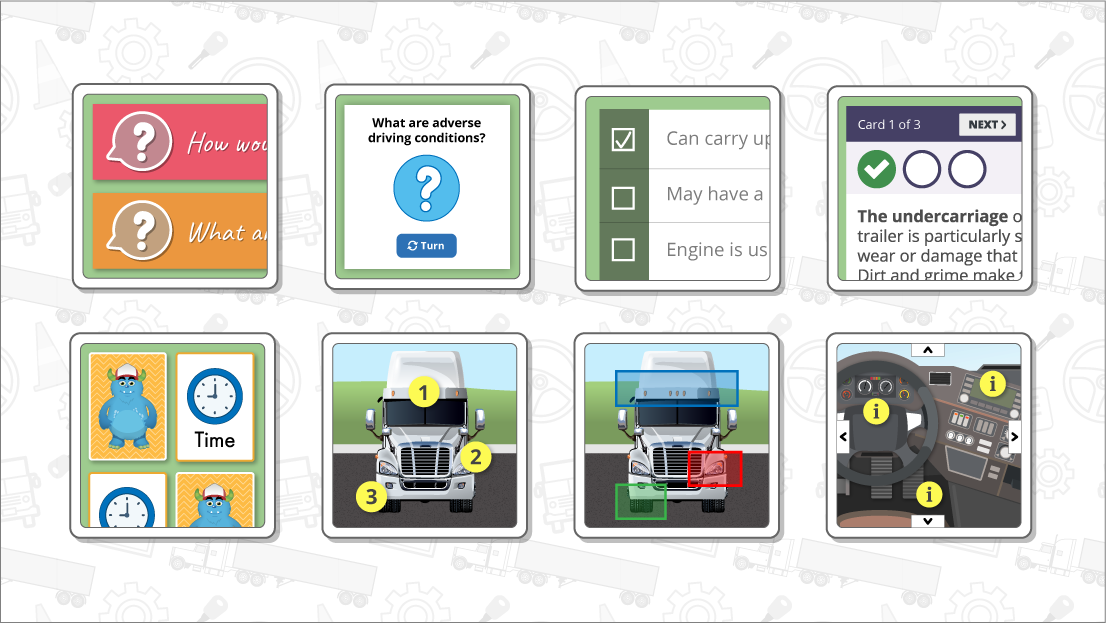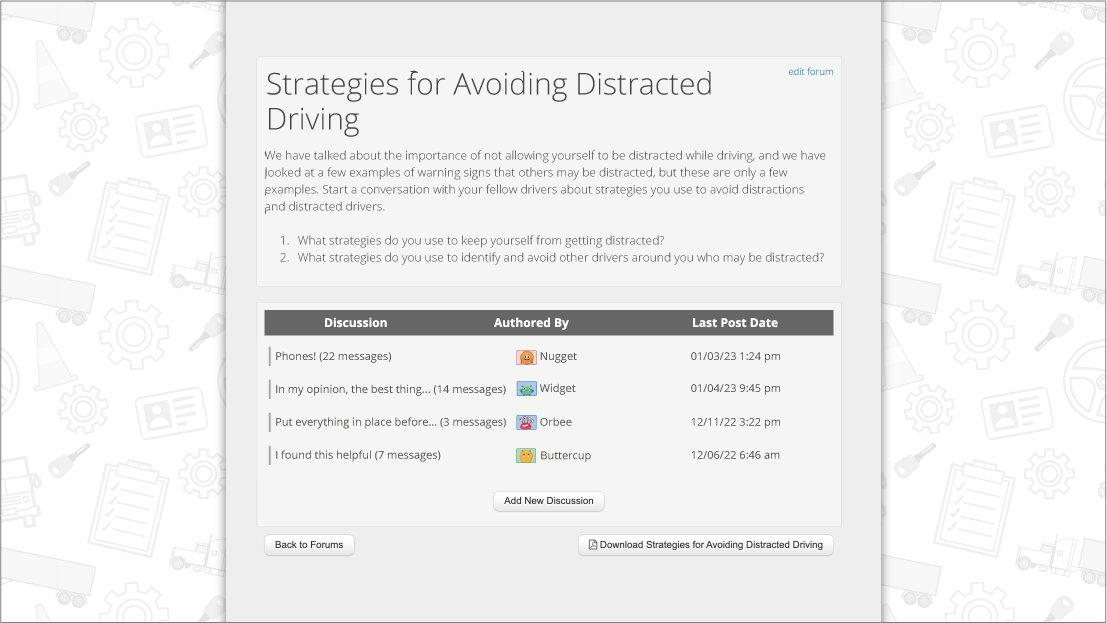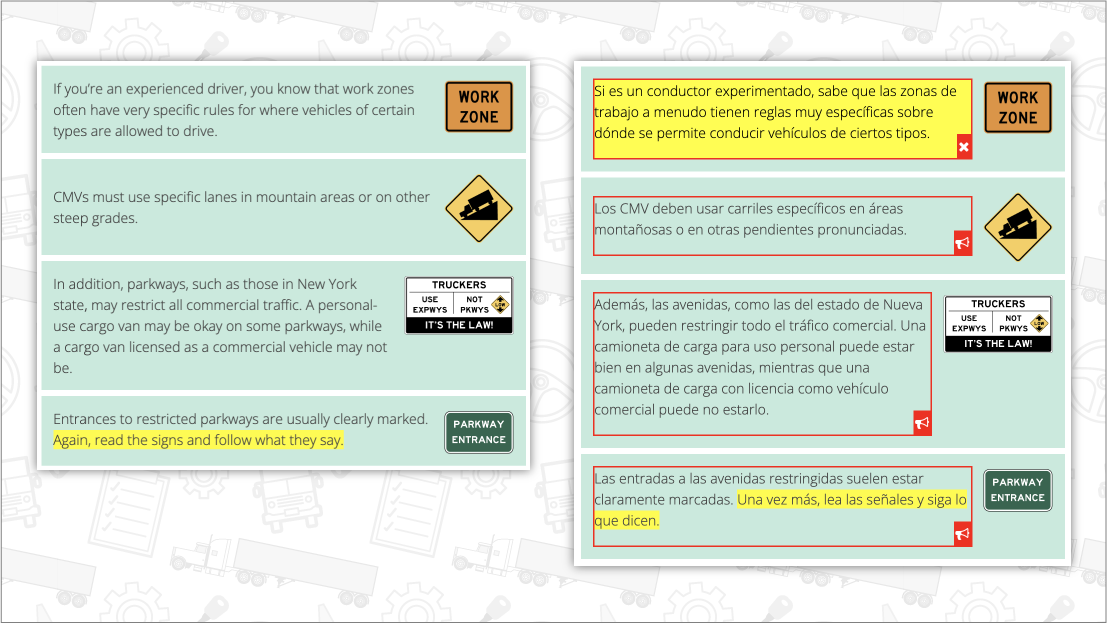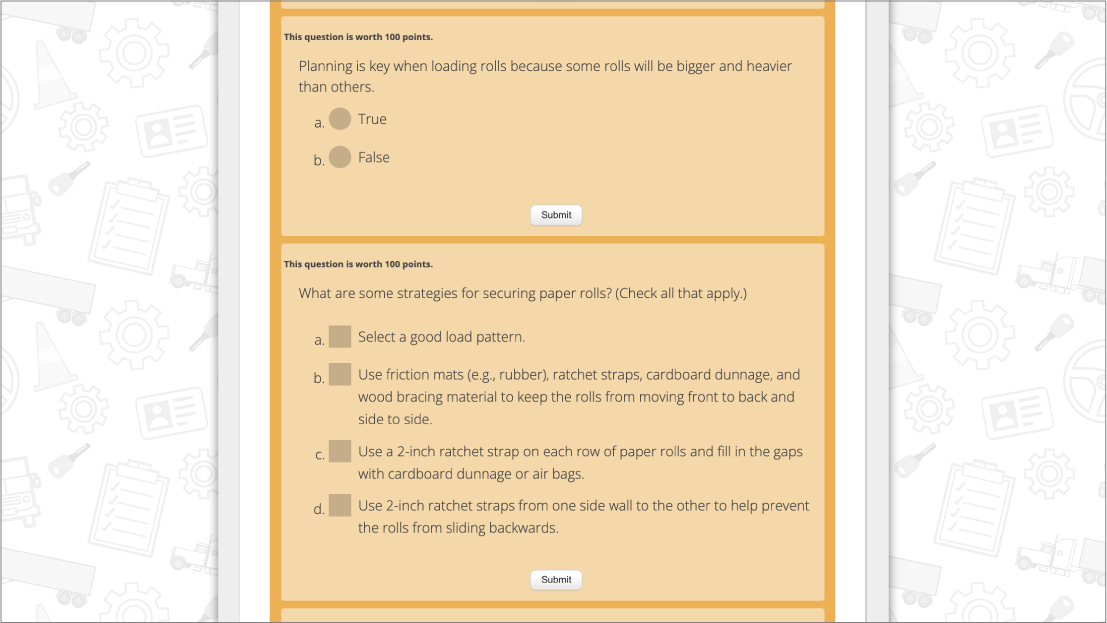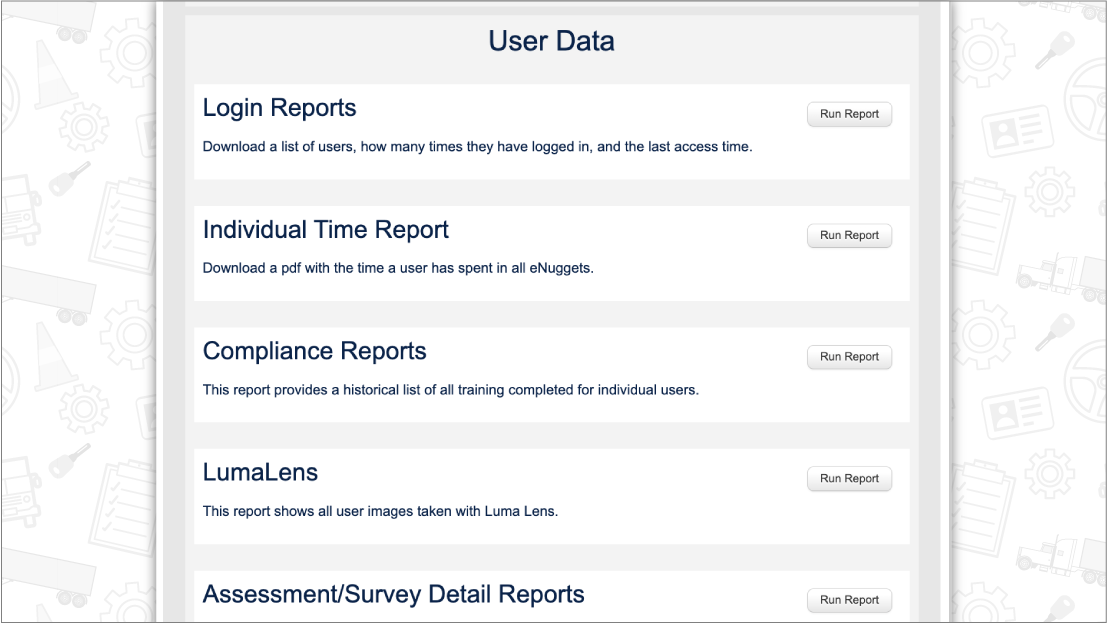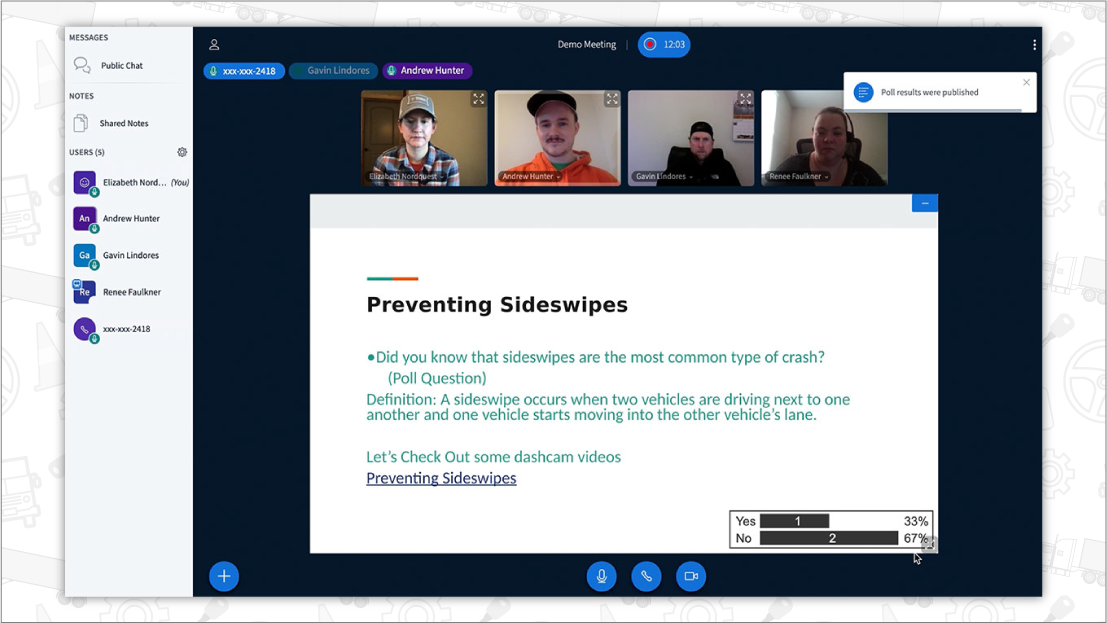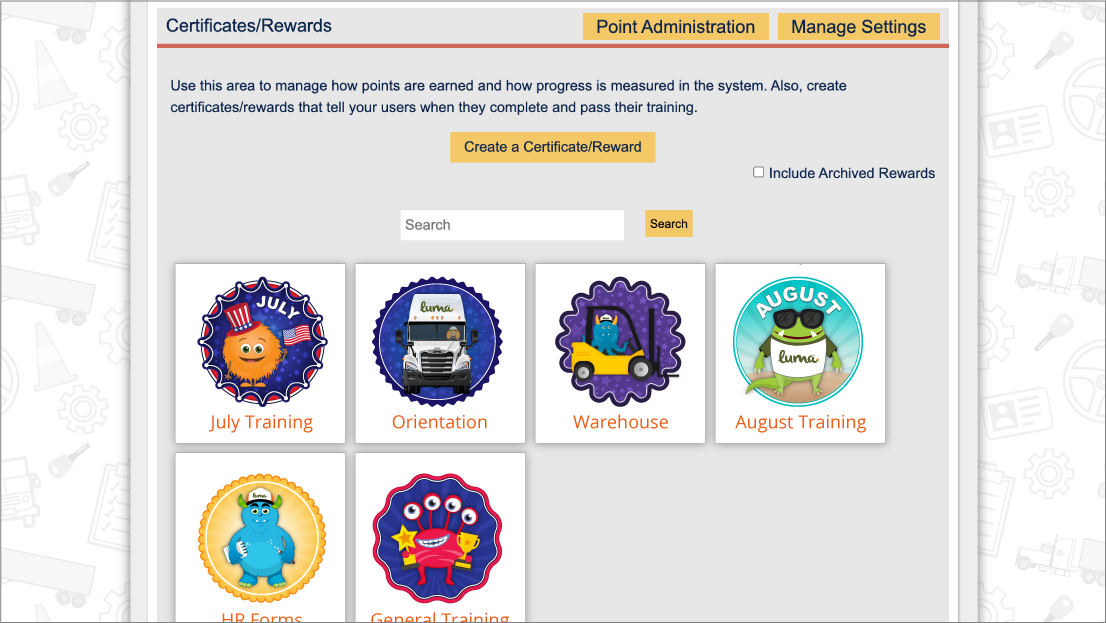![]()
Teamwork
What qualities make a great team? Are your teams together in the same physical location? Are you working at home? Does one factor make a team more or less valuable? In this Luma Learning Strategy we will focus on the socratic dialogue strategy to discuss these questions about teamwork.
 Have your heard? Our Learning Lessons have been collected into a book available for purchase on Amazon.com! Teaching Without A Teaching Degree: Luma Learning Lessons contains 52 lesson plans and worksheets with 106 different teaching strategies designed for the trucking industry that can easily be adapted to suit any age and content topic.
Have your heard? Our Learning Lessons have been collected into a book available for purchase on Amazon.com! Teaching Without A Teaching Degree: Luma Learning Lessons contains 52 lesson plans and worksheets with 106 different teaching strategies designed for the trucking industry that can easily be adapted to suit any age and content topic.Our free Luma Learning Lessons include objectives, estimated time, materials and instructional procedures for classroom and online/blended teaching. We will provide strategies on how to use our new LumaLive technology to collaborate virtually in real-time. We include these pillars from our learning research to illustrate where they are infused in our lessons.
Interaction Types
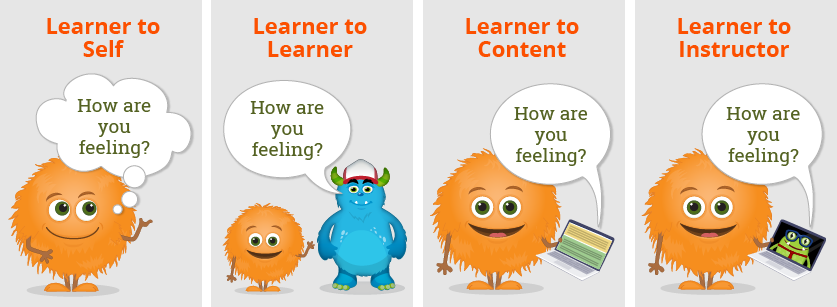
For decades there has been discussions of interaction types in education. (Anderson, 2003) Most interaction types observed in driver training traditionally are learner to instructor or learner to content. Moreover, most interaction time with driver training and orientation is synchronous or at the same time. This Learning Strategy is going to help you think about ways you can hold training without a physical classroom.
Interaction Time
The following Lesson is broken down into two different interaction times.
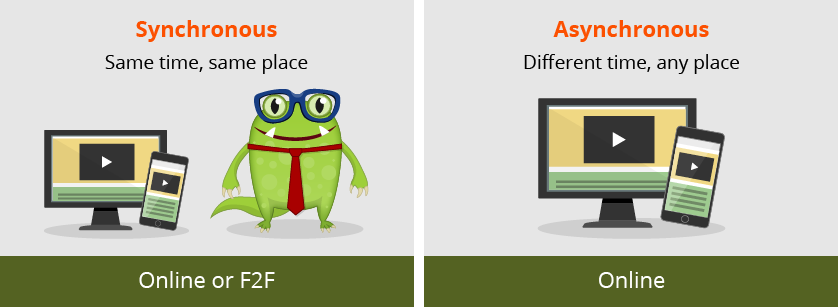
Objectives
|
||
Estimated Time60 minutes |
||
Materials
|
(or at the same time without a classroom)
- Meet in a webinar technology, like LumaLive.

 Set the stage for this questioning approach by discussing the power of questions in coming to resolutions and ideas.
Set the stage for this questioning approach by discussing the power of questions in coming to resolutions and ideas.
 Break students into different break out groups. They can meet in their own LumaLive meeting space.
Break students into different break out groups. They can meet in their own LumaLive meeting space.
 Set down conversation guidelines like 1) refer to each other by name, 2) participate by building on conversations, 3) participate often with comments and reactions to ideas of others, 4) don’t dominate the stage, 5) feel free to disagree, but don’t be disagreeable, and 6) wait your turn.
Set down conversation guidelines like 1) refer to each other by name, 2) participate by building on conversations, 3) participate often with comments and reactions to ideas of others, 4) don’t dominate the stage, 5) feel free to disagree, but don’t be disagreeable, and 6) wait your turn.
 Remind students there are no right or wrong answers.
Remind students there are no right or wrong answers.
 Have each group come up with a team leader that will take notes and a team name.
Have each group come up with a team leader that will take notes and a team name.

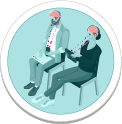
 Have each group come up with a team leader that will take notes and a team name.
Have each group come up with a team leader that will take notes and a team name.
 Text or email each group the Socratic Dialogue Discussion Cards. Feel free to assign different groups with different discussion questions.
Text or email each group the Socratic Dialogue Discussion Cards. Feel free to assign different groups with different discussion questions.
 Students meet in small breakout groups.
Students meet in small breakout groups.
 When they come back from timer discussions, debrief with them:
When they come back from timer discussions, debrief with them:
- What was one Ah Ha! moment you had with your group?
- What was one Oh No! moment you had with your group?
- What was one Hmm…! moment you had with your group?
- What was one Oh Yeah! moment you had with your group?
- Optional: Have everyone complete this survey on Team Effectiveness. Discuss the results.
(or not at the same time)

 Assign the Teamwork eNugget®. Make sure they complete the Team Effectiveness Survey.
Assign the Teamwork eNugget®. Make sure they complete the Team Effectiveness Survey.
 Post in a moderated discussion board: What were the results of your survey?
Post in a moderated discussion board: What were the results of your survey?
- What was one Ah Ha! moment you had reading the content or seeing the results of your survey?
- What was one Oh No! moment you had reading the content or seeing the results of your survey?
- What was one Hmm…!moment you had reading the content or seeing the results of your survey?
- What was one Oh Yeah! Moment you had reading the content or seeing the results of your survey?


 Post one comment or question to one other student.
Post one comment or question to one other student.
Reference:
Anderson, T. (2003). Modes of interaction in distance education: Recent developments and research questions. Handbook of distance education, 129-144.
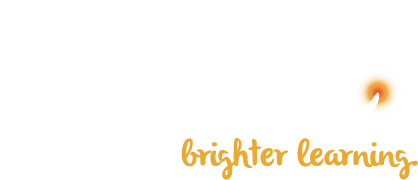
 Luma® is a learning and instructional design company that is always coming out with new training topics. Need something specific? Give us a call at (574) 807-8148 ext 5 or email
Luma® is a learning and instructional design company that is always coming out with new training topics. Need something specific? Give us a call at (574) 807-8148 ext 5 or email 